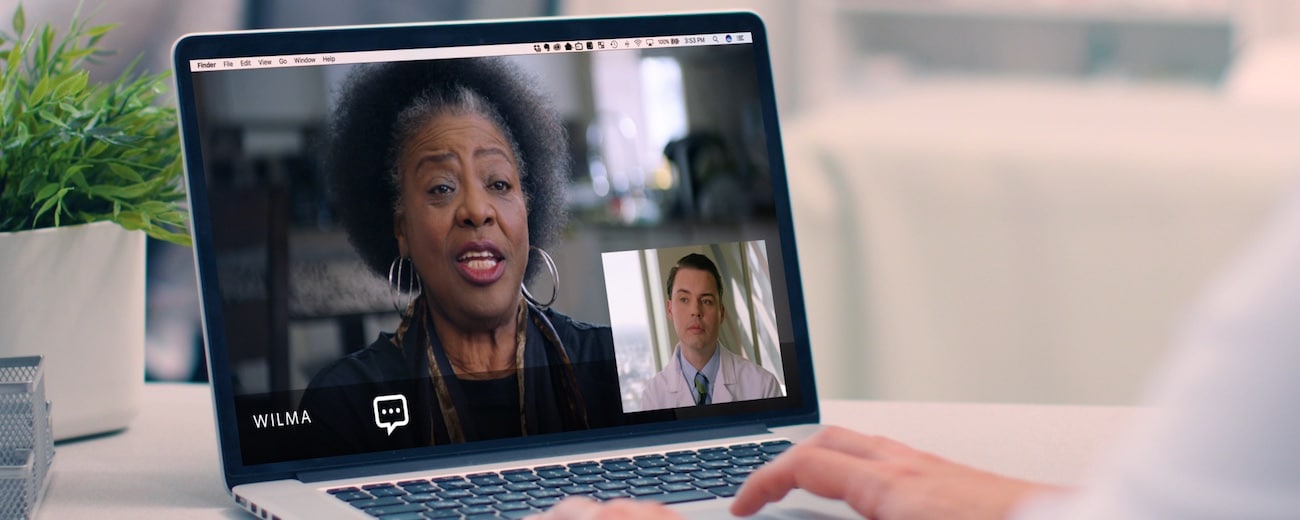
Why Continuous Remote Telemedicine is the Future of Medicine

The industrial revolution began with the cloth weavers and only later transformed life for blacksmiths and longshoremen. Many people today work in textiles, manufacturing and shipping, but the way they work would bewilder their colleagues teleported from 1700. The biggest change is the incredible amount one such worker can produce, and society as a whole has reaped that benefit.
Just so, the digital revolution began with bankers and booksellers. Finally, it has come to transform health care. In 2035, doctors will still be diagnosing and treating patients. The way they do it will have changed dramatically, and the impact a single physician can have would astound our mentors and forebears.
The future of medicine is digital
Drs. Nochomovitz and Sharma recently mused in JAMA about developing a new medical specialty, the “virtualists,” who will be specifically trained in digitally delivered medicine while everyone else sticks to their hospitals and clinics. Their analysis is spot on except the paradigm will be just the opposite. Medicine will be digital, and those who practice in person, in the ICUs and ORs, will be the specialists. We will not have any “virtualists” because we will just call them “doctors.”
For all its promise, telemedicine as practiced today is just the infancy of digital medicine. Avoiding the commute and the waiting room is great, but a revolution it is not, yet.
The revolution in digital medicine unfolding now will bring two great transformations: continuous remote care and the digitalization of patient data.
Continuous remote care
First, the paradigm of “see the doctor every so often” that dates from at least the time of Hippocrates himself will finally be transformed by continuous remote care. For managing chronic disease especially, the old paradigm, whether in person or via conventional telemedicine, is sadly ineffective as evidenced by the generally inexorable worsening of diabetes, hypertension and the like. Those fifteen minute doctor visits every few months cannot help when patients make decisions about their lifestyle on a scale of minutes. Remote care, continuously available from a team of providers, can. Continuous remote care matches medical support with the time scale of events, and provider teams, gradually supported more and more by artificial intelligence, will meet what today is a vast unmet patient demand for real time medical advice.
This vast unmet patient demand for real time medical advice stretches across the spectrum of ages and diagnoses. As a pediatric resident, I was routinely astounded by the parents of children with chronic conditions like cerebral palsy. They knew and did everything for their children’s care in part because our medical system had no way to support them. Continuous remote care from provider teams offers a new way, finally. Mental health is already shifting to continuous care, as evidenced by the growth of services like Ginger.io and Talkspace, and Virta Health provides continuous care for patients with metabolic syndrome.
Digitalization of patient data
Second, digitization of both patient data and evidence based medicine will allow physicians to treat patients much more efficiently than today. The industrial revolution dramatically increased the productivity of amenable processes while leaving the rest increasingly expensive in relative terms. Clothing and cooking pans are much, much cheaper than they were in 1700 while the services of barbers, physicians and the like have gotten costlier.* The digital revolution will finally increase productivity in medical services.
The need for some human judgment and human touch may not disappear any time soon, if ever. Artificial intelligence must be employed with great caution in assisting medical decisions, but its scope to improve patients’ access to quality care is transformational.
* The great economist William Baumol called this concept cost disease. I like calling it “the symphony problem.” A live performance of Mozart’s 40th requires exactly as much human effort in 2017 as it did when it was written in 1788 while producing the clothing, food and transportation for the orchestra has gotten tremendously cheaper.
This blog is intended for informational purposes only and is not meant to be a substitute for professional medical advice, diagnosis, or treatment. Always seek the advice of your physician or other qualified health provider with any questions you may have regarding a medical condition or any advice relating to your health. View full disclaimer
Are you living with type 2 diabetes, prediabetes, or unwanted weight?






.jpg)

